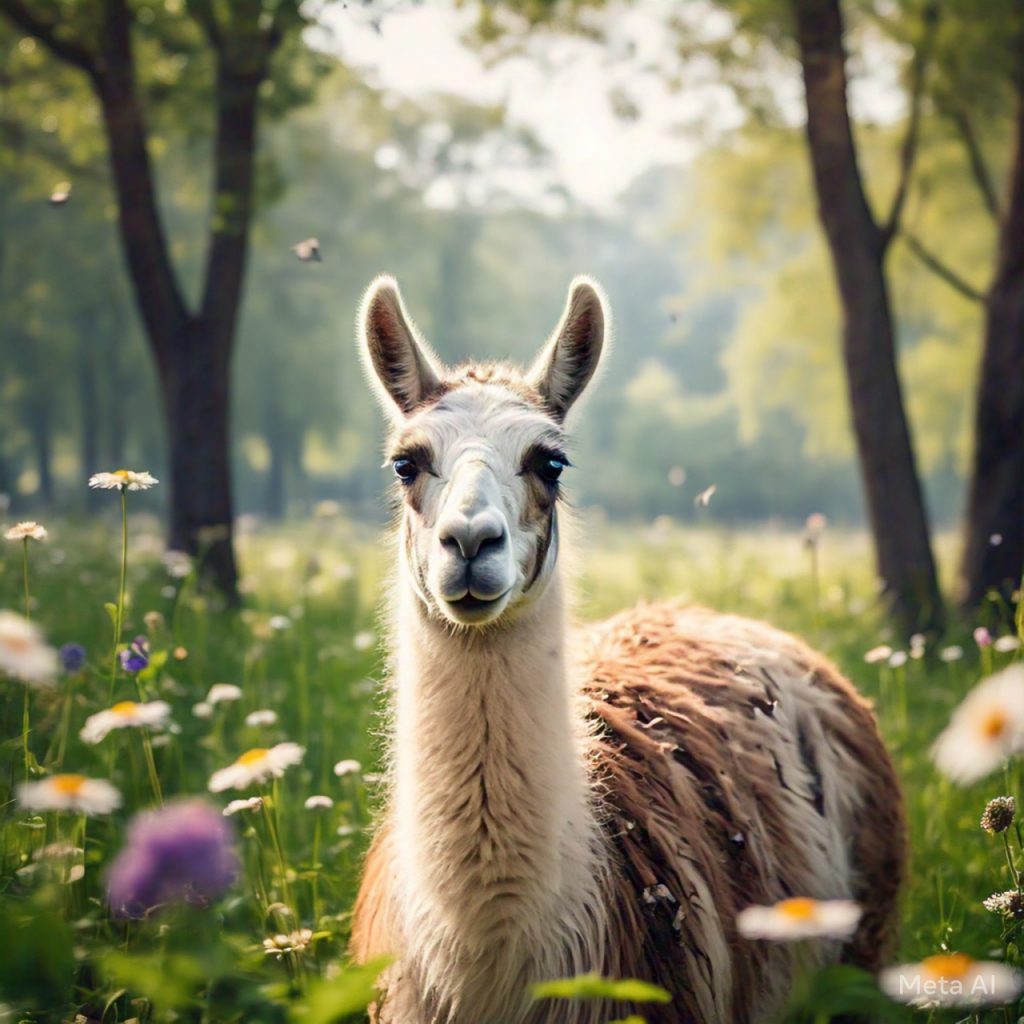Llama breeding has gained traction as a niche farming venture, offering a blend of economic potential and the joy of working with these gentle, versatile animals. But is it truly profitable? Understanding the costs and benefits is crucial for aspiring llama breeders who want to assess the feasibility of this venture.
This comprehensive guide delves into the expenses, revenue streams, and overall profitability of llama breeding, equipping you with the knowledge needed to make informed decisions.
Understanding Llama Breeding as a Business
Llama breeding isn’t just about raising animals; it’s about creating a sustainable enterprise. Profitability depends on factors like:
- Initial investment: Purchasing quality llamas and setting up infrastructure.
- Ongoing expenses: Feed, healthcare, and breeding management.
- Revenue streams: Fiber production, stud services, and sales.
While llamas are low-maintenance compared to other livestock, a thorough understanding of their costs and benefits is essential for financial success.
The Costs of Llama Breeding
1. Initial Investment
- Purchasing Llamas
- Breeding females: $2,500 – $5,000 each.
- Proven stud males: $3,000 – $10,000 (depending on genetics and show history).
- Companion or non-breeding llamas: $500 – $1,500.
- Infrastructure
- Fencing: Secure fencing costs $3,000 – $5,000 for a 1-acre pasture.
- Shelter: A basic three-sided shelter costs $1,000 – $3,000.
- Equipment
- Halters, feeders, and grooming tools: $500 – $1,000.
2. Ongoing Expenses
- Feed and Bedding
- Hay and grain: $200 – $400 per llama annually.
- Pasture maintenance: $300 – $500 annually.
- Healthcare
- Annual vaccinations and deworming: $50 – $100 per llama.
- Emergency veterinary care: Variable ($200+ per visit).
- Breeding Costs
- Stud fees: $1,000 – $2,500 per breeding (if using an external stud).
- Artificial insemination (less common): $500 – $1,000 per attempt.
3. Marketing and Business Costs
- Website creation and maintenance: $500 – $1,000 annually.
- Advertising: $200 – $1,000 per year (depending on the scale).
The Benefits of Llama Breeding
1. Diverse Revenue Streams
- Llama Sales:
- Breeding stock commands high prices, with quality crias selling for $1,500 – $5,000 or more.
- Fiber Production:
- Llama fleece, especially from silky or suri llamas, is in demand among spinners and weavers.
- Annual yield: 2-4 pounds of fleece per llama, selling for $5 – $15 per ounce (processed).
- Stud Services:
- If you own a high-quality stud, offering breeding services can generate significant income.
- Guard Animals:
- Llamas are often sold to protect sheep, goats, and poultry from predators. Guard llamas typically sell for $1,000 – $2,500.
- Therapy and Events:
- Well-trained llamas are used in therapy programs and rented for weddings or events.
2. Low Maintenance Costs
- Llamas are hardy animals with minimal dietary needs compared to other livestock.
- Their efficient digestion reduces feed costs, and their manure enriches the soil, lowering fertilizer expenses.
3. Sustainable Farming
Llamas are environmentally friendly. Their soft footpads minimize pasture damage, and their grazing patterns prevent overgrazing.
Evaluating Profitability
Case Study: A Small Breeding Herd
| Category | Cost | Revenue |
|---|---|---|
| Initial Investment | $10,000 – $20,000 | |
| Annual Operating Costs | $2,500 – $5,000 | |
| Crias Sold (2 per year) | $4,000 – $10,000 | |
| Fiber Sales (5 llamas) | $500 – $1,000 | |
| Stud Services (2 breedings) | $2,000 – $4,000 | |
| Annual Profit | $2,000 – $10,000+ |
Profitability grows as the herd expands and your reputation builds. However, it’s vital to reinvest in herd improvement and marketing.
Challenges to Consider
- Market Fluctuations
- Demand for breeding stock, fleece, or guard llamas can vary. Diversifying revenue streams mitigates risk.
- Competition
- Established breeders often dominate the market. Focus on quality and niche offerings to stand out.
- Unpredictable Breeding
- Infertility or birthing complications can lead to financial losses.
- Time Commitment
- Llama breeding requires daily care, monitoring, and marketing efforts.
Tips for Maximizing Profitability
- Invest in High-Quality Genetics: Exceptional animals yield better offspring, fleece, and market demand.
- Focus on Niche Markets: Offer unique products like dyed fleece, custom breeding programs, or event rentals.
- Leverage Social Media: Showcase your llamas and farm life on platforms like Instagram and Facebook to attract buyers.
- Join Camelid Associations: Networking and certifications can enhance credibility and expand your market.
Conclusion: Is Llama Breeding Worth It?
Llama breeding can be a profitable venture, especially when approached with careful planning and a focus on quality. While initial costs can be significant, the diverse revenue streams and relatively low maintenance make llamas an attractive option for small-scale farmers.
By understanding the costs, recognizing the potential challenges, and strategically positioning your business, you can build a successful and rewarding llama breeding enterprise.

